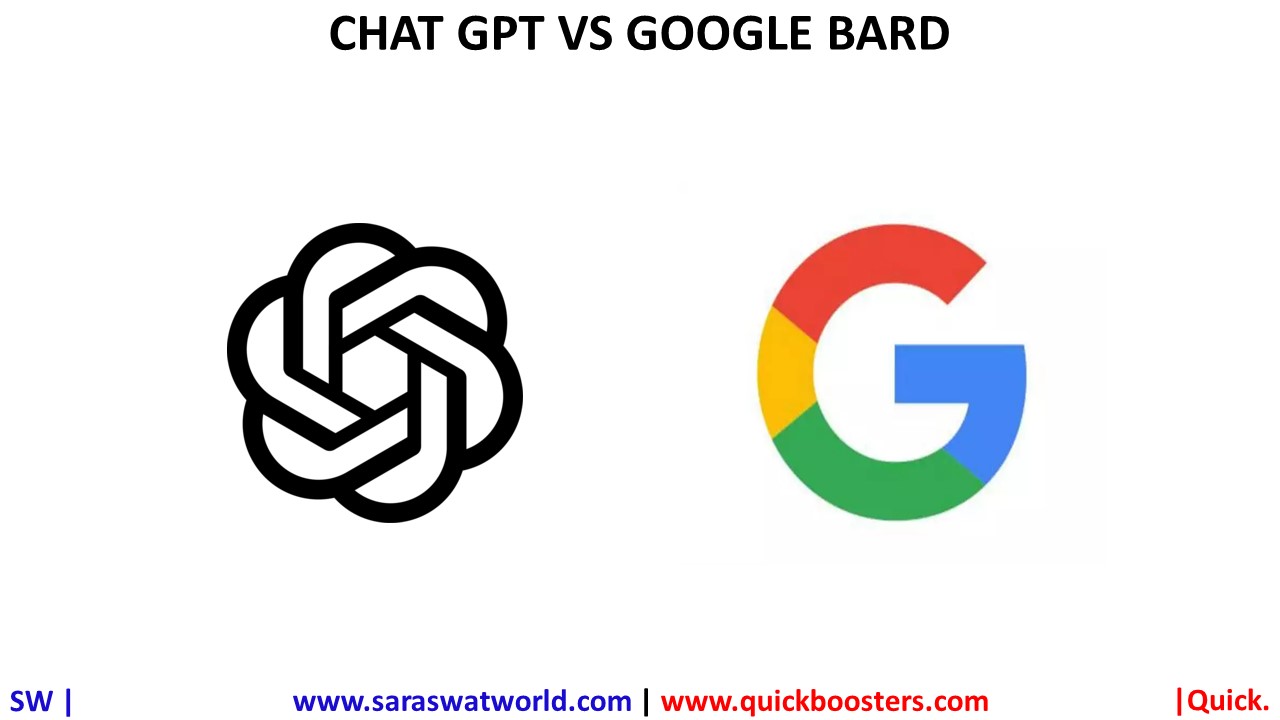Google Bard is an answer to Microsoft-backed AI-based Chat GPT. Alphabet and Google CEO Sundar Pichai recently announced the project describing it as an “experimental conversational AI service” that will answer users’ queries and take part in conversations. The software will be available to a group of “trusted testers” today, says Pichai, before becoming “more widely available to the public in the coming weeks.”
Writes Pichai: “Bard can be an outlet for creativity, and a launchpad for curiosity, helping you to explain new discoveries from NASA’s James Webb Space Telescope to a 9-year-old, or learn more about the best strikers in football right now, and then get drills to build your skills.”
Pichai also notes that Bard “draws on information from the web to provide fresh, high-quality responses,” suggesting it may be able to answer questions about recent events — something ChatGPT struggles with.
Pichai stresses that Google will combine “external feedback with our own internal testing to make sure Bard’s responses meet a high bar for quality, safety, and groundedness in real-world information” — but it’s more or less guaranteed the system will make errors, perhaps serious ones.
What is Bard?
Bard is a conversational service like a chatbot based on Artificial Intelligence. Bard is developed by Google. Google has said that the model is currently a “lightweight” version of LaMDA, and the one being “requires significantly less computing power, enabling us to scale to more users, allowing for more feedback.”
What is Chat GPT?
ChatGPT (chat generative pre-trained transformer) is a chatbot launched by San Francisco–based OpenAI, the creator of DALL·E 2 and Whisper AI, in November 2022. It is built on top of OpenAI’s GPT-3 family of large language models and is fine-tuned (an approach to transfer learning) with both supervised and reinforcement learning techniques.
Chat GPT can write and debug computer programs, compose music, teleplays, fairy tales, and student essays; answer test questions, write poetry and song lyrics; emulate a Linux system; simulate an entire chat room; play games like tic-tac-toe; and simulate an ATM. ChatGPT’s training data includes man pages and information about Internet phenomena and programming languages, such as bulletin board systems and the Python programming language.
Microsoft Bing is planning to add ChatGPT functionality into its public search engine.
